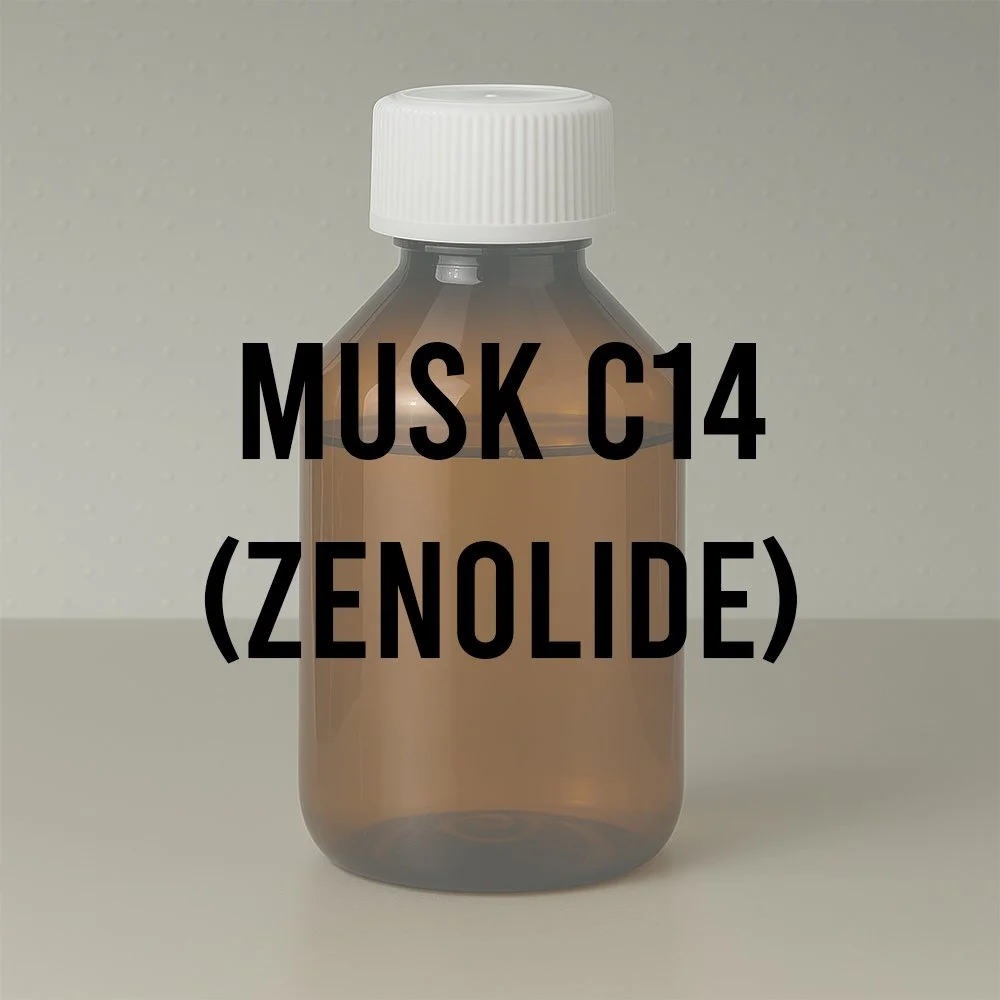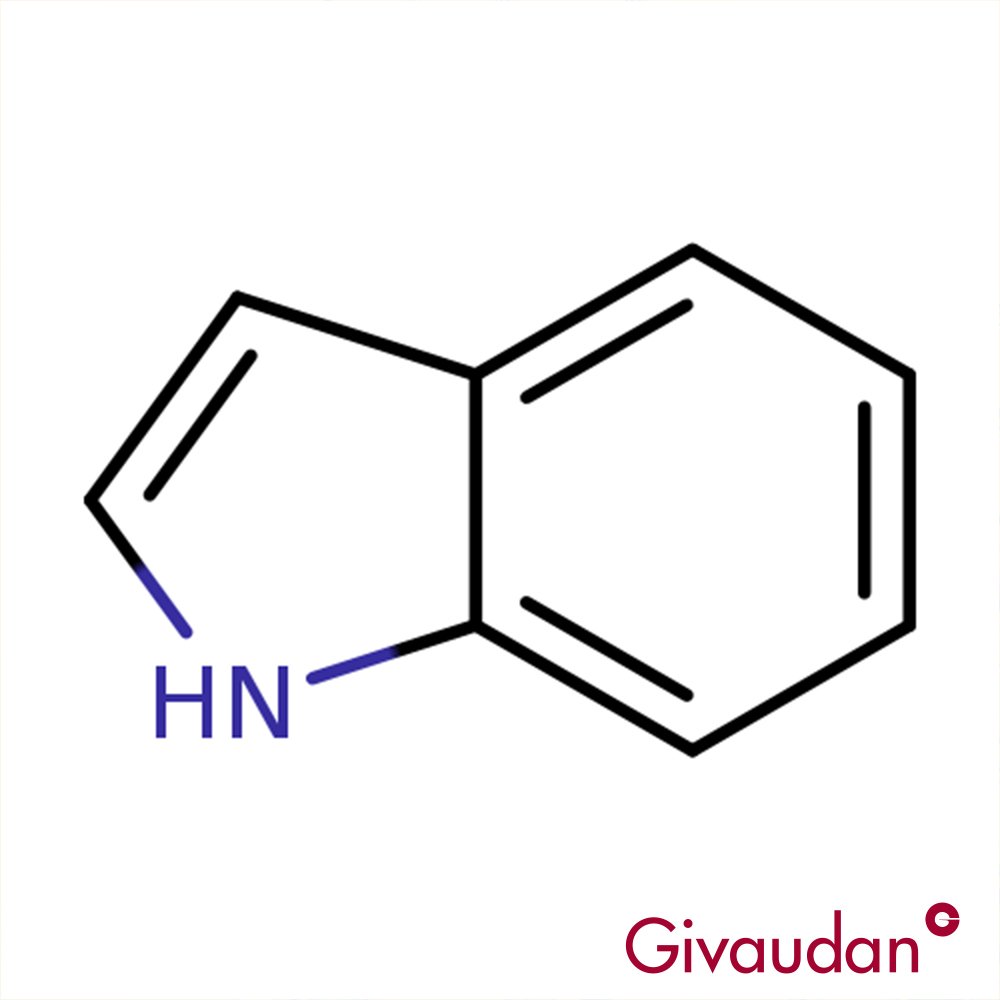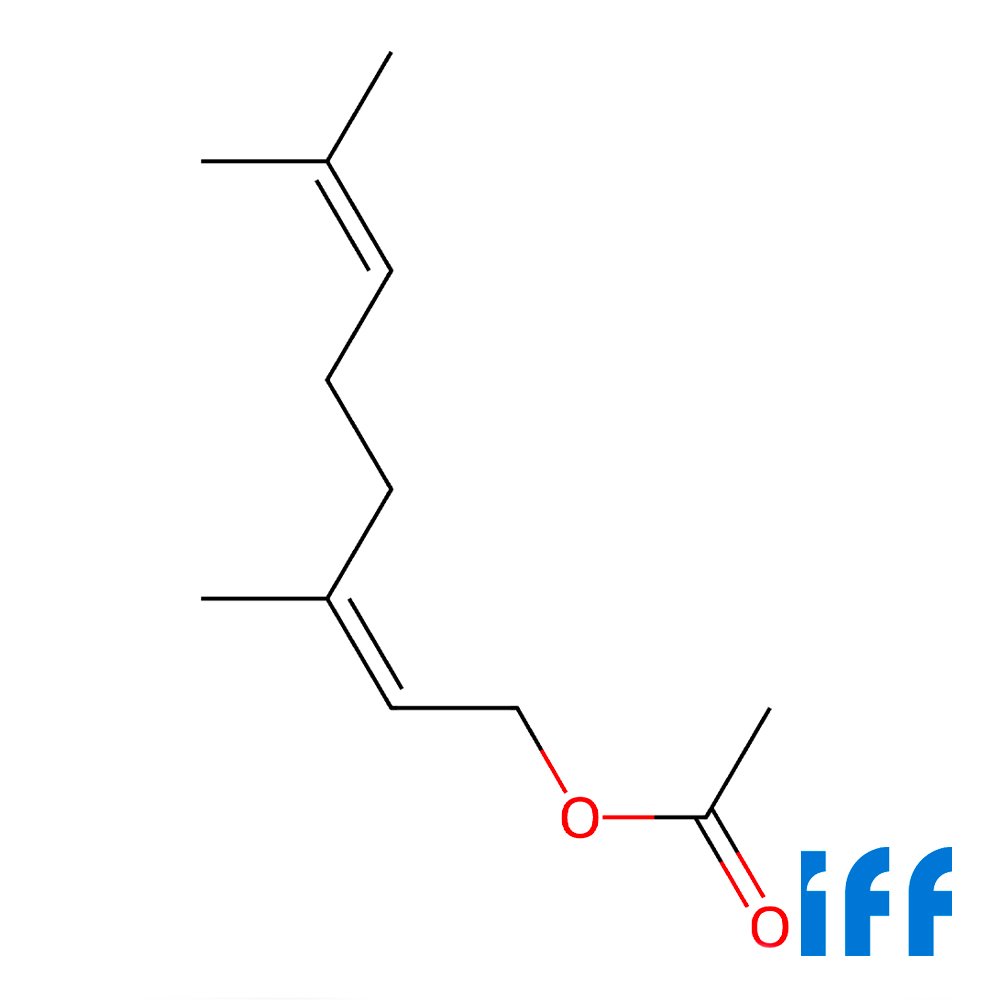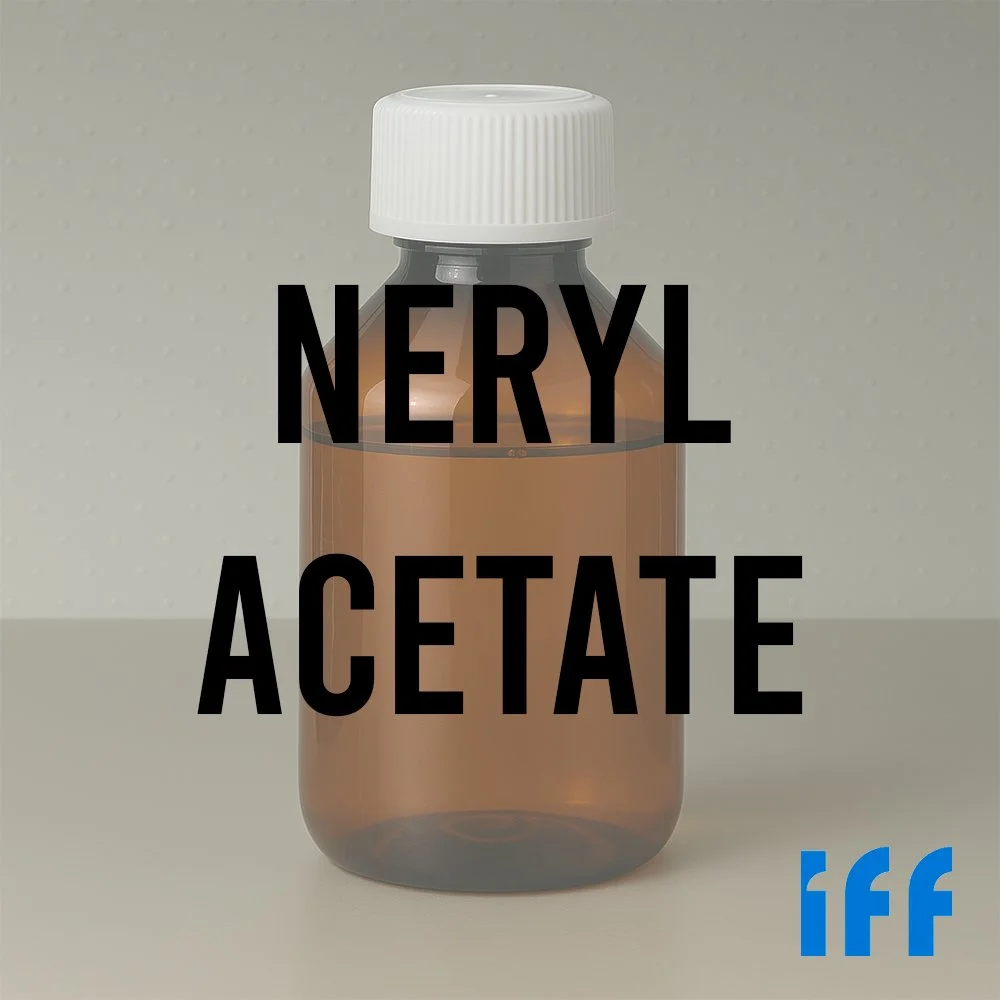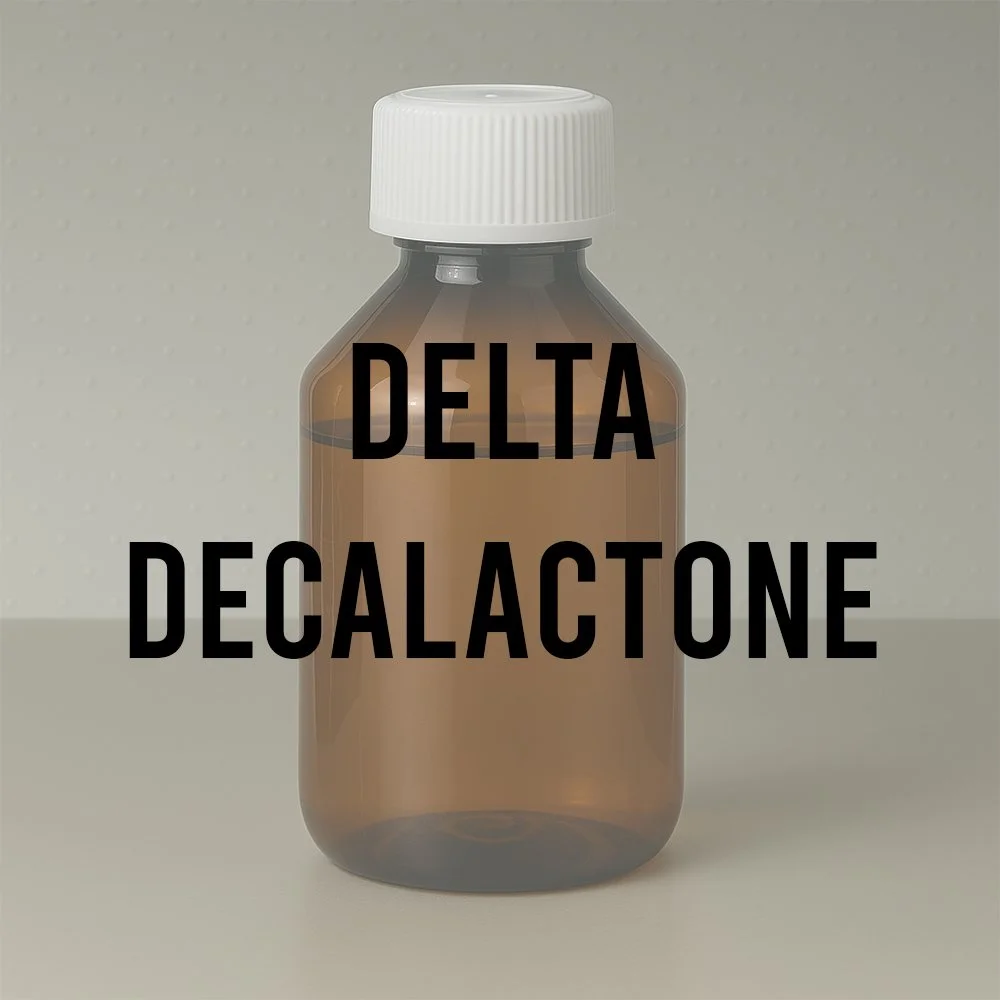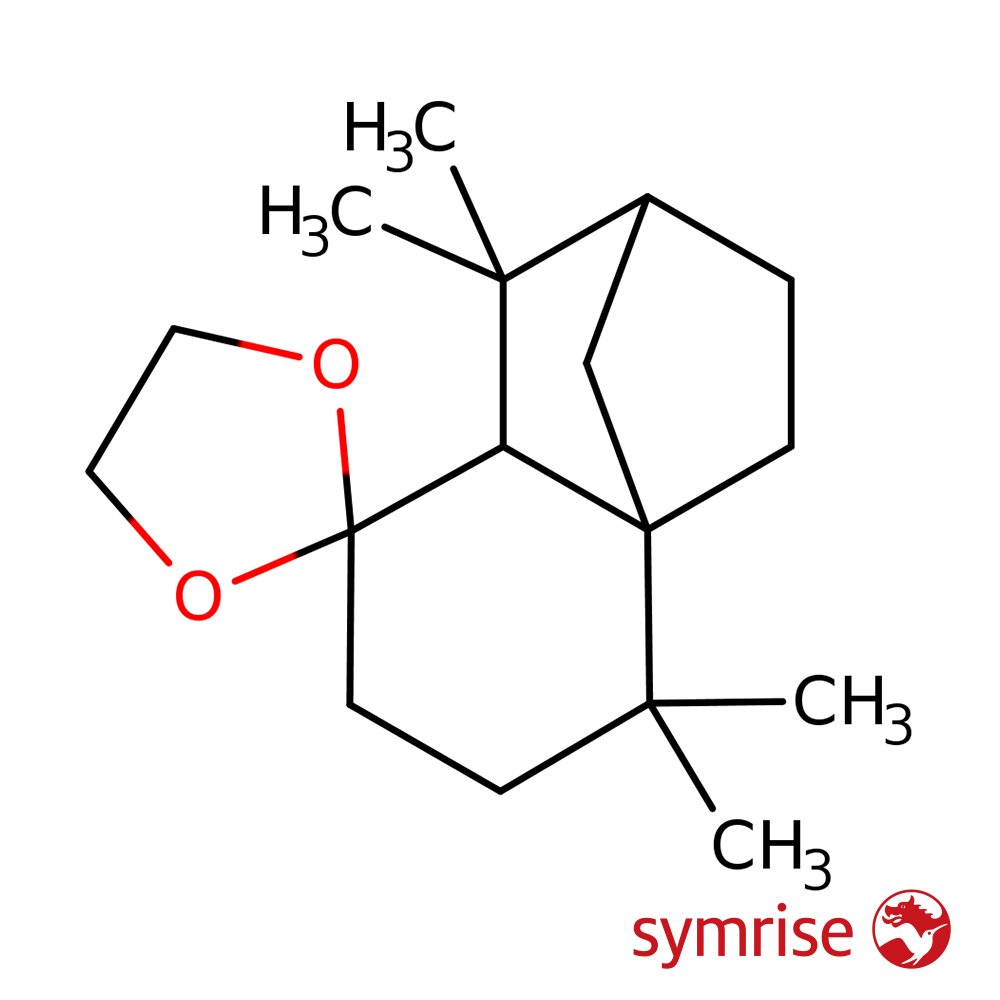Musk C14 (Zenolide) - Technical Ingredient Overview
🏭 Manufacturer — IFF (International Flavors & Fragrances), Takasago, Degussa (as Arova N)
🔎 Chemical Name — 1,4-Dioxacyclohexadecane-5,16-dione; Ethylene dodecanedioate
🧪 Synonyms — Zenolide, Musk C-14, Musk 144, Cyclic ethylene dodecanedioate, Arova N, Arova 16, Muskonate, Musk MC-4, Ethylene dodecanoate, Musk ED, Emeressence 1151
📂 CAS Number — 54982-83-1
📘 FEMA Number — Not applicable (not approved for food use)
⚖️ Molecular Weight — 256.34 g/mol (256.35 per some sources)
📝 Odor Type — Macrocyclic musk
📈 Odor Strength — Medium to strong; tenacious
👃🏼 Odor Profile — Soft, delicate musk with sweet, clean, waxy character; distinctive red fruit and berry nuances; fresh, slightly animalic dry-down with herbal and vegetable-like undertones; natural, mild musk quality
⚗️ Uses — Fine fragrance compositions, floral and light accords, personal care products (shampoos, toilet soaps, decorative cosmetics), household cleaners, detergents; functions as fixative and provides richness and body to fragrances
🧴 Appearance — Colorless to pale yellowish oily liquid; can solidify at colder temperatures (melting point approximately 18°C)
What is Musk C14 (Zenolide)?
Musk C14, commercially known as Zenolide, is a synthetic macrocyclic lactide musk belonging to the family of aliphatic polyester derivatives. Chemically designated as 1,4-dioxacyclohexadecane-5,16-dione or ethylene dodecanedioate, this compound represents a significant advancement in the evolution of musk odorants used in modern perfumery (Api et al., 2017; Surburg & Panten, 2006).
The molecule features a 16-membered macrocyclic ring structure containing two ester groups and two oxygen atoms, classifying it within the structural group of macrocyclic lactone and lactide derivatives. Unlike polycyclic musks that dominated mid-20th century perfumery, Zenolide belongs to the newer generation of macrocyclic musks that more closely resemble the structural characteristics of natural animal musks while offering superior performance and safety profiles (David, 2020; Kraft, 2004).
Zenolide stands out among macrocyclic musks for its unique olfactory signature combining traditional musk character with unexpected fruity-berry facets, a characteristic that distinguishes it from its close structural analog ethylene brassylate (which differs by only one carbon atom in the chain length).
Historical Background
Discovery and Development
The development of Musk C14 (Zenolide) emerged from the broader historical context of macrocyclic musk chemistry pioneered by Leopold Ruzicka in the 1920s and 1930s. Ruzicka's groundbreaking work on the structure of natural musks, including muscone from deer musk and civetone from civet, laid the theoretical foundation for synthesizing large-ring compounds that would eventually lead to materials like Zenolide (Ruzicka, 1926).
The specific synthesis methodology for ethylene dodecanedioate was developed and refined during the mid-to-late 20th century as part of the fragrance industry's continuous effort to create novel musk odorants with improved performance characteristics. The compound is prepared through thermal depolymerization of polyesters—specifically, the polyester obtained from 1,12-dodecanedioic acid and ethylene glycol (Surburg & Panten, 2006).
Industrial Development and Commercialization
Zenolide was originally developed and commercialized by IFF (International Flavors & Fragrances) as a proprietary captive material, meaning it was available exclusively for use by IFF's in-house perfumers for several decades. This exclusivity allowed IFF to maintain a competitive advantage in formulations requiring this specific musk character. The material was later made available to the broader fragrance industry, expanding its use across multiple manufacturers and applications.
Takasago Perfumery Company also produces this material under the trade name "Musk C-14," while Degussa (now part of Evonik) marketed it as "Arova N." The synthesis process involves sophisticated polymer chemistry techniques that were refined throughout the latter half of the 20th century, representing an important intersection of polymer science and fragrance chemistry (Kuwata, 1974).
Evolution of Synthetic Methodology
The thermal depolymerization approach used to synthesize Zenolide involves heating the high-molecular-weight polyester of ethylene glycol and 1,12-dodecanedioic acid in the presence of catalysts such as stannous (tin-based) salts of aliphatic monocarboxylic acids. This method selectively breaks down the polymer chains to yield the desired 16-membered cyclic diester (Surburg & Panten, 2006). The process represents an elegant application of equilibrium chemistry, where the large ring closure is thermodynamically favored under specific conditions of temperature and catalyst selection.
This synthetic approach was part of the broader industrial development of macrocyclic lactones and lactides during the 1960s-1980s, when fragrance chemists systematically explored various ring sizes and structural variations to identify optimal musk odorants. The success of Zenolide helped establish thermal depolymerization as a viable industrial route for producing macrocyclic fragrance compounds.
Market Position and Recognition
By the early 21st century, Zenolide had established itself as a commercially significant musk material with global usage volumes estimated between 100-1,000 metric tons per year (IFRA, 2008; McGinty et al., 2011). Its relatively recent availability beyond IFF's captive use has contributed to its growing presence in contemporary fine fragrance and functional fragrance applications.
Olfactory Profile
Scent Family
Macrocyclic musk
Main Descriptors
Zenolide presents a sophisticated and multifaceted olfactory profile that distinguishes it within the macrocyclic musk family. The primary character is described as soft, delicate, and clean with pronounced musk qualities. What makes this material particularly notable is its distinctive fruity-berry dimension—specifically red fruit nuances—that adds unexpected freshness and modernity to the traditional musk signature.
The scent exhibits sweet, waxy aspects with a natural, mild musk quality that lacks the harsher animalic notes found in some earlier-generation synthetic musks. Subtle herbal and vegetable-like undertones contribute complexity, while the overall impression remains elegant and refined. The dry-down reveals fresh, slightly floral-ozonic characteristics reminiscent of modern clean musks.
Intensity
Medium to strong odor strength with notable substantivity. Zenolide demonstrates efficient diffusion properties, making it detectable at relatively low concentrations while maintaining its character throughout the fragrance development.
Tenacity
Excellent persistence and longevity. The material exhibits remarkable tenacity for a macrocyclic structure, lasting approximately one week on smelling strips under normal conditions. This extended longevity makes it highly valuable as both a musk note and a fixative component in fragrance formulations.
Volatility
Zenolide functions primarily as a base note material with some middle note effects. Its vapor pressure of 0.028 Pa at 25°C indicates relatively low volatility (McGinty et al., 2011), contributing to its excellent substantivity. The material exhibits interesting top-note effects comparable to polycyclic musks like Helvetolide, despite its macrocyclic structure, providing immediate impact alongside long-lasting performance. This dual character—combining initial freshness with base note tenacity—represents a unique performance advantage.
Fixative Role
Serves as an effective fixative in fragrance compositions due to its low volatility and ability to moderate the evaporation of more volatile components. The material helps anchor lighter notes while contributing its own olfactive character, providing both technical function and aesthetic value. Its compatibility with diverse fragrance families enhances overall composition stability and improves longevity across multiple fragrance types.
Applications in Fine Fragrance
Zenolide demonstrates exceptional versatility in fine fragrance applications, excelling particularly in floral and light accord constructions where it provides richness, body, and enhanced substantivity without overwhelming delicate notes. The material's soft, clean character makes it ideal for modern, transparent fragrance styles while its fruity-berry facets add unexpected dimension to traditional compositions.
The ingredient blends harmoniously with animalic notes, warm woody bases, and amber accords, creating seamless bridges between different olfactive families. Its natural, mild musk quality enhances floral compositions—particularly white florals and rose constructions—without introducing harsh or overly animalic characteristics. The subtle red fruit dimension complements fruity florals and berry-forward formulations.
In masculine and unisex fragrances, Zenolide contributes clean, modern musk effects with less aggressive character than many polycyclic alternatives. It works effectively in aquatic, ozonic, and fresh fragrance types where its clean profile and fresh dry-down align with contemporary aesthetic preferences.
Performance in Formula
In formulation, Zenolide exhibits stable behavior across diverse fragrance systems with good solubility in standard perfumery solvents and compatibility with both synthetic and natural raw materials. The material does not significantly discolor formulations and maintains stability under normal storage conditions, though its tendency to solidify at temperatures below 18°C requires consideration in cold-climate applications.
The ingredient's performance characteristics include efficient diffusion despite its relatively high molecular weight, contributing to good projection in finished products. Its low volatility (vapor pressure 0.028 Pa at 25°C) ensures extended longevity while its LogKow of 3.65 indicates favorable partitioning characteristics for substantivity on skin and textiles (McGinty et al., 2011).
When used at typical concentrations of 1-15% in the fragrance concentrate, Zenolide provides noticeable musk effects while allowing other fragrance components to express their character. At higher usage levels, its fruity-berry character becomes more prominent, offering creative opportunities for modern musk-forward compositions.
Industrial & Technical Uses
Beyond fine fragrance, Zenolide finds extensive application in functional fragrance products including shampoos, body washes, toilet soaps, decorative cosmetics, and household cleaning products. The material's stability, substantivity, and consumer appeal make it particularly valuable in products requiring long-lasting fragrance performance.
In household cleaning applications, Zenolide contributes fresh, clean musk effects that align with consumer expectations for modern cleaning products. Its good stability in detergent systems and compatibility with surfactants facilitates use in laundry detergents, fabric softeners, and hard-surface cleaners.
The polymer chemistry underlying Zenolide's synthesis also positions it within broader technical applications related to macrocyclic lactones and polyester chemistry. Research into thermal depolymerization processes for materials like Zenolide has contributed to understanding of polyester recycling methodologies and sustainable polymer chemistry practices, though these represent research applications rather than commercial fragrance uses.
Regulatory & Safety Overview
IFRA Status
Ethylene dodecanedioate (Musk C14/Zenolide) is not currently restricted under IFRA Standards through Amendment 51 (January 2024). The material does not appear on the IFRA prohibited or restricted ingredients list, indicating it may be used in fragrance applications without specific concentration limitations established by IFRA.
However, formulators should always consult current IFRA documentation and any subsequent amendments, as standards are regularly updated based on new safety data. For the most current information, refer to the IFRA Standards Library at https://ifrafragrance.org/safe-use/library.
EU Cosmetics Regulation
Listed under EINECS number 259-423-6, ethylene dodecanedioate is recognized within EU cosmetic ingredient databases. The material is classified for use as a masking and perfuming ingredient in cosmetic applications, complying with EU Cosmetics Regulation (EC) No 1223/2009.
FEMA Status
Not applicable. Ethylene dodecanedioate is not approved as a flavor ingredient and should not be used in food applications. The material is restricted to fragrance and non-food applications only.
Toxicology
Comprehensive safety assessment by RIFM (Research Institute for Fragrance Materials) established the safety profile of ethylene dodecanedioate for fragrance use. The peer-reviewed safety assessment (Api et al., 2017; McGinty et al., 2011) evaluated multiple endpoints including:
Genotoxicity: No genotoxic potential demonstrated in standard battery of tests
Skin Sensitization: No skin sensitization potential identified in human or animal studies
Repeated Dose Toxicity: Acceptable safety margins (MOE >100) established for repeated exposure scenarios
Developmental/Reproductive Toxicity: No developmental or reproductive toxicity concerns at expected use levels (MOE >100 using read-across data)
Phototoxicity/Photoallergenicity: No phototoxicity or photoallergenicity demonstrated based on UV spectra and testing
Local Respiratory Toxicity: Acceptable exposure limits established using Threshold of Toxicological Concern (TTC) approach for Cramer Class I materials (1.4 mg/day)
Environmental Safety: Low aquatic toxicity concerns, though classified with precautionary statements for aquatic environments (H400: Very toxic to aquatic life)
The material's calculated boiling point of 421.78°C, low vapor pressure (0.028 Pa at 25°C), and limited water solubility (7.5 × 10⁻² g/L at 20°C) contribute to its favorable safety profile in typical fragrance applications. The Expert Panel for Fragrance Safety concluded that ethylene dodecanedioate is safe for use as a fragrance ingredient under current conditions of use.
References
Api, A. M., Belsito, D., Botelho, D., Browne, D., Bruze, M., Burton, G. A., Buschmann, J., Dagli, M. L., Date, M., Dekant, W., Deodhar, C., Francis, M., Fryer, A. D., Joshi, K., La Cava, S., Lapczynski, A., Liebler, D. C., O'Brien, D., Parakhia, R., ... Wahler, J. (2017). RIFM fragrance ingredient safety assessment, ethylene dodecanedioate, CAS registry number 54982-83-1. Food and Chemical Toxicology, 110, S670-S678. https://doi.org/10.1016/j.fct.2017.10.050
David, O. R. P. (2020). A chemical history of polycyclic musks. Chemistry – A European Journal, 26(19), 4176-4190. https://doi.org/10.1002/chem.202000577
IFRA (International Fragrance Association). (2008). Use Level Survey. IFRA.
IFRA. (2024). The complete IFRA Standards up to and including the 51st Amendment. International Fragrance Association. https://ifrafragrance.org/safe-use/library
Kraft, P. (2004). Aroma chemicals IV: Musks. In D. J. Rowe (Ed.), Chemistry and technology of flavors and fragrances(pp. 143-168). Blackwell Publishing.
Kuwata, T. (1974). Preparation of cyclic esters by thermal decomposition of polyesters. Japanese Patent JP49020503B.
McGinty, D., Letizia, C. S., & Api, A. M. (2011). Fragrance material review on ethylene dodecanedioate. Food and Chemical Toxicology, 49(11), 2769-2772. https://doi.org/10.1016/j.fct.2011.08.004
Ruzicka, L. (1926). Zur Kenntnis des Kohlenstoffringes VII. Über die Konstitution des Muscons. Helvetica Chimica Acta, 9, 715-729. https://doi.org/10.1002/hlca.19260090507
Surburg, H., & Panten, J. (2006). Common fragrance and flavor materials: Preparation, properties and uses (5th ed.). Wiley-VCH. https://doi.org/10.1002/3527608214

